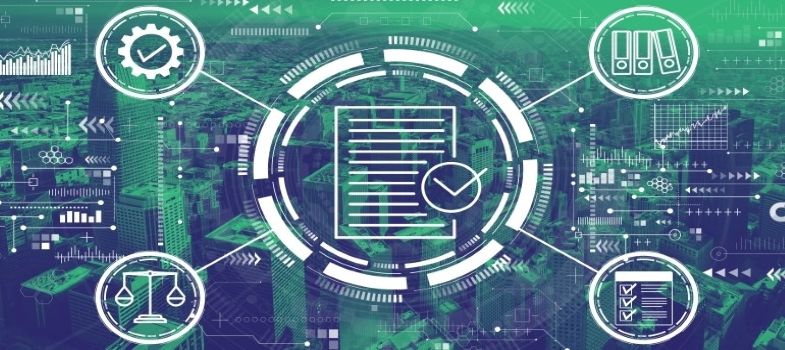3.6 Information management
Quality management documents
Examples of laboratory documents which should form part of a QMS are listed in Table 6. All documents must be uniquely identified with revision numbers to avoid the use of outdated versions and made readily accessible to relevant staff member(s).
| Document type | Overview |
|---|---|
| Quality manual | Defines the overarching quality policy and standards. It outlines the organisation, management structure and QMS. |
| Standard operating procedure (SOP) | Provides definitive guidance to carry out a routine activity or process in the laboratory. |
| Job aids | A shortened version of an SOP which briefly describes how to accomplish a task. |
| Biosafety manual | Provides guidance on handling clinical specimens – which should always be treated as potentially hazardous. |
| Technical manual | Provides details of installation, operation, maintenance and training requirements for equipment. |
| Training log | Provides a record of all training undertaken by staff and the completion dates. |
| Records | Electronic or hard copy evidence of results achieved. |
Recording and reporting data
A record is a document stating results achieved or providing evidence of activities performed (WHO 2011a). Records should be complete, legible and carefully maintained. As well as providing information to the prescriber, records allow for continuous monitoring, evaluating problems and informing overall laboratory quality. All the efforts to get the correct result for a sample are wasted if, in the last step, the wrong result is reported to the clinician. Similarly, unless the result is reported in a timely manner it may be of no use to the doctor or veterinarian who requested the test.
For reporting, systems need to be in place to make sure that patient information is correctly recorded and that the final test result is the correct one for that patient. The system may or may not be computerised, but either way, the principles are the same, and every effort should be made to release the report in a clinically relevant timeframe.
Systems (including agreements) should be in place to share data in appropriate formats with patients, doctors/veterinarians/farmers and AMR surveillance systems. Clear guidelines and responsibilities for maintaining and accessing the system are essential, as is staff training.
At all times:
- the accuracy of data recording and transmission should be monitored
- reporting processes should be both effective and timely
- patient and animal-owner confidentiality and privacy should be maintained
- data should be backed-up so that lost data can be retrieved
- the accessibility and security of data should be ensured.
What may happen if laboratory information systems are not robust?
Failure to manage a laboratory’s data effectively can:
- lead to problems with data integrity
- affect several processes which can be used to measure and compare laboratory performance
- affect patient care.
Reputational damage and/or legal repercussions may ensue if the laboratory breaches data protection legislation.
Information management is covered in more detail in the Fundamentals of data for AMR module.
3.5 Instruments and equipment



